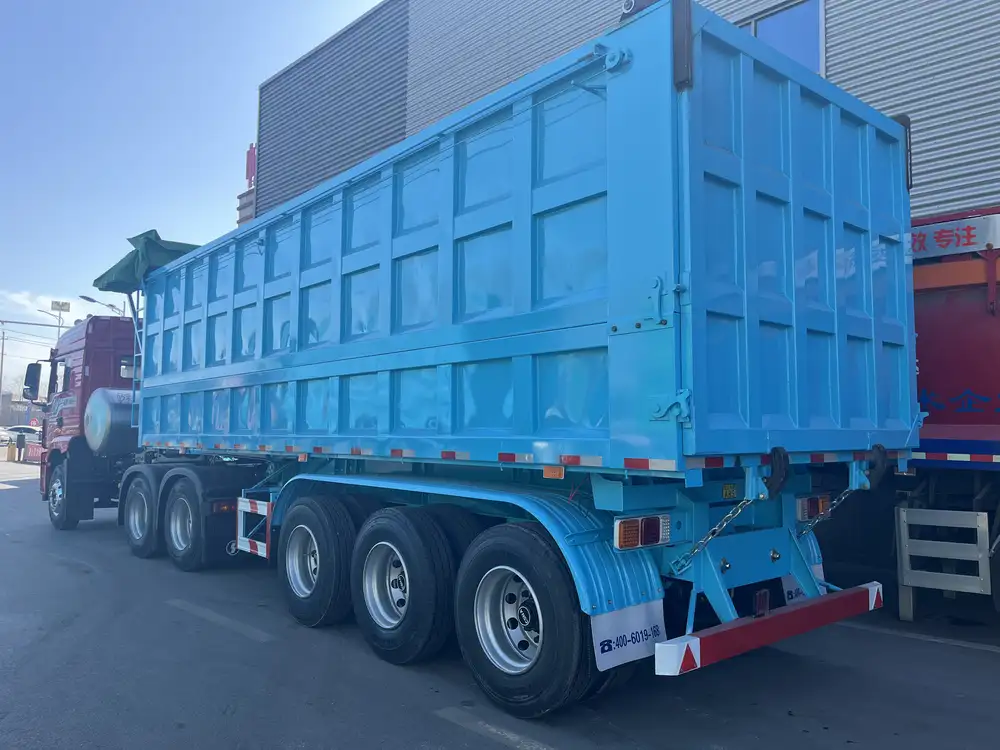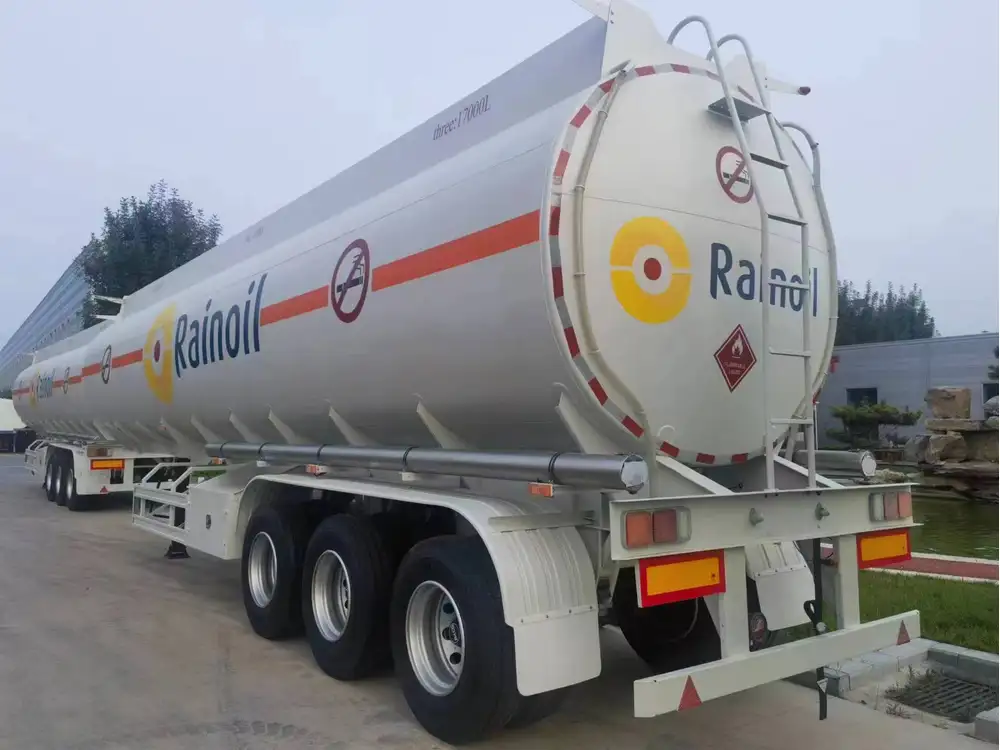In the world of transportation, the ability to haul cargo efficiently is key, especially for those in industries that require mobility and versatility. A carry-on trailer can be an excellent solution for increasing your vehicle’s cargo capacity. Here, we will provide a comprehensive guide on how to install a carry-on trailer in your car, ensuring you get it right the first time.
Understanding Carry-On Trailers: A Quick Overview
What Is a Carry-On Trailer?
A carry-on trailer is a compact, lightweight trailer designed to be towed by regular cars or smaller vehicles. These trailers come in various sizes and configurations, catering to different hauling needs. Whether you’re moving furniture, transporting goods for a business, or just taking your gear on a camping trip, a carry-on trailer can be an invaluable asset.

Types of Carry-On Trailers
| Type | Description | Ideal Use |
|---|---|---|
| Open Trailers | Trailers without walls or covers. | Landscaping, construction debris. |
| Enclosed Trailers | Fully covered trailers providing weather protection. | Goods requiring security or shelter. |
| Utility Trailers | Smaller, versatile trailers for various uses. | Small loads, bike transport. |
| Motorcycle Trailers | Specifically designed for transporting motorcycles. | Biking trips, events. |
Key Considerations Before Installation
Vehicle Compatibility
Before selecting your carry-on trailer, ensure that your vehicle is compatible. Most cars come with a manufacturer-suggested maximum towing capacity, which is crucial for safety and legal compliance. Check the owner’s manual for specifications related to:
- Gross Vehicle Weight Rating (GVWR)
- Tongue Weight Capacity
- Tow Rating

Trailer Weight
Understanding the weight of the carry-on trailer is pivotal. The total weight should never exceed the towing capacity of your vehicle. Ideally, consider a trailer that is significantly lighter than the vehicle’s towing capacity to allow for any additional load.
Hitch System
Different trailers require different hitch systems. Here are the common types:
| Hitch Type | Details |
|---|---|
| Bumper Pull Hitch | Most suitable for lighter trailers, connects to the rear bumper. |
| Receiver Hitch | A robust system that allows for various attachments. Typically used for heavier trailers. |
| Fifth Wheel Hitch | For larger trailers, it fits in a truck bed or similar vehicles. |
Step-by-Step Guide to Install a Carry-On Trailer

Step 1: Gather Necessary Tools and Equipment
Before diving into the installation, ensure you have the following tools at hand:
- Wrenches and Socket Set
- Screwdrivers (Flathead and Phillips)
- Ratchet Strap or Tie-Downs
- Grease for the Hitch
- Safety Gear (Gloves, Goggles)
Step 2: Check Your Vehicle’s Towing Setup
- Inspect the tow hitch. Ensure that it is securely fastened to your vehicle and has no visible damage.
- Clean any rust or debris that may hinder connectivity.
- Lubricate the hitch before attaching the trailer for smoother operation.
Step 3: Position the Trailer and Align It
- Back Your Vehicle Toward the Trailer: Slowly drive your vehicle in reverse towards the trailer. Make sure the vehicle’s hitch aligns with the trailer’s coupler.
- Adjust and Center the Trailer: If the alignment isn’t perfect, adjust the trailer until it’s centered under the hitch.

Step 4: Connect the Trailer to Your Car
- Raise the Coupler: Use the trailer’s jack to raise the coupler above the vehicle’s hitch ball.
- Lower the Coupler: Gently lower the coupler onto the hitch ball until it locks in place. Look for the audible click that signals a secure connection.
- Secure the Latch: Make sure the latch on the coupler is closed and locked.
Step 5: Connect the Safety Chains
- Attach the Safety Chains: Crisscross the safety chains from the trailer to the vehicle hitch. This ensures that if the trailer detaches, it won’t completely disconnect from the car.
- Adjust Chain Length: Leave some slack in the chains but not so much that they drag on the ground.
Step 6: Connect the Electrical System
- Locate the Trailer Plug: Ensure that you have the necessary wiring harness in place. Most modern vehicles should come with a receiver for the trailer wiring.
- Plug in the Wiring Harness: Connect the trailer’s electrical system to the vehicle’s plug. Make sure that the brake lights, turn signals, and reverse lights are operational.

Step 7: Conduct Final Checks
Before hitting the road, it’s vital to conduct a thorough inspection:
- Check the Trailer Lights: Confirm that all lights are functioning, including brake lights and turn signals.
- Inspect Tires: Ensure that the trailer’s tires are properly inflated and there are no visible defects.
- Perform a Test Drive: Drive slowly and make turns to assess the trailer’s stability.
Safety Tips for Towing Your Carry-On Trailer
- Use Your Mirrors: Always adjust your side mirrors for improved visibility while towing.
- Practice Defensive Driving: Be mindful of stopping distances; trailers require longer braking distances.
- Adhere to Speed Limits: Many jurisdictions have lower speed limits for vehicles towing trailers.
- Avoid Overloading: Remember the importance of not exceeding the trailer’s weight capacity to maintain safety.
Frequently Asked Questions (FAQ)
1. Do I need a special license to tow a trailer?
In most instances, a standard driver’s license suffices, but it can vary by region. Check your local laws to ensure compliance.
2. What maintenance does a carry-on trailer require?
Regular inspections on the hitch, tire pressure, and the trailer’s brake system are essential. Keeping everything lubricated will also prolong the trailer’s life.
3. Are there any restrictions on where I can tow a trailer?
Certain areas may have restrictions regarding trailer sizes or may not permit trailers at all. Ensure you know your travel routes and local regulations.
Navigating the world of carry-on trailers and their installation can seem daunting, but with careful attention to detail and adherence to safety protocols, the process can be straightforward. We hope this comprehensive guide equips you with everything you need to successfully install and use a carry-on trailer in your vehicle. With proper installation and maintenance, your carry-on trailer will serve as a reliable companion for all your transporting needs.



